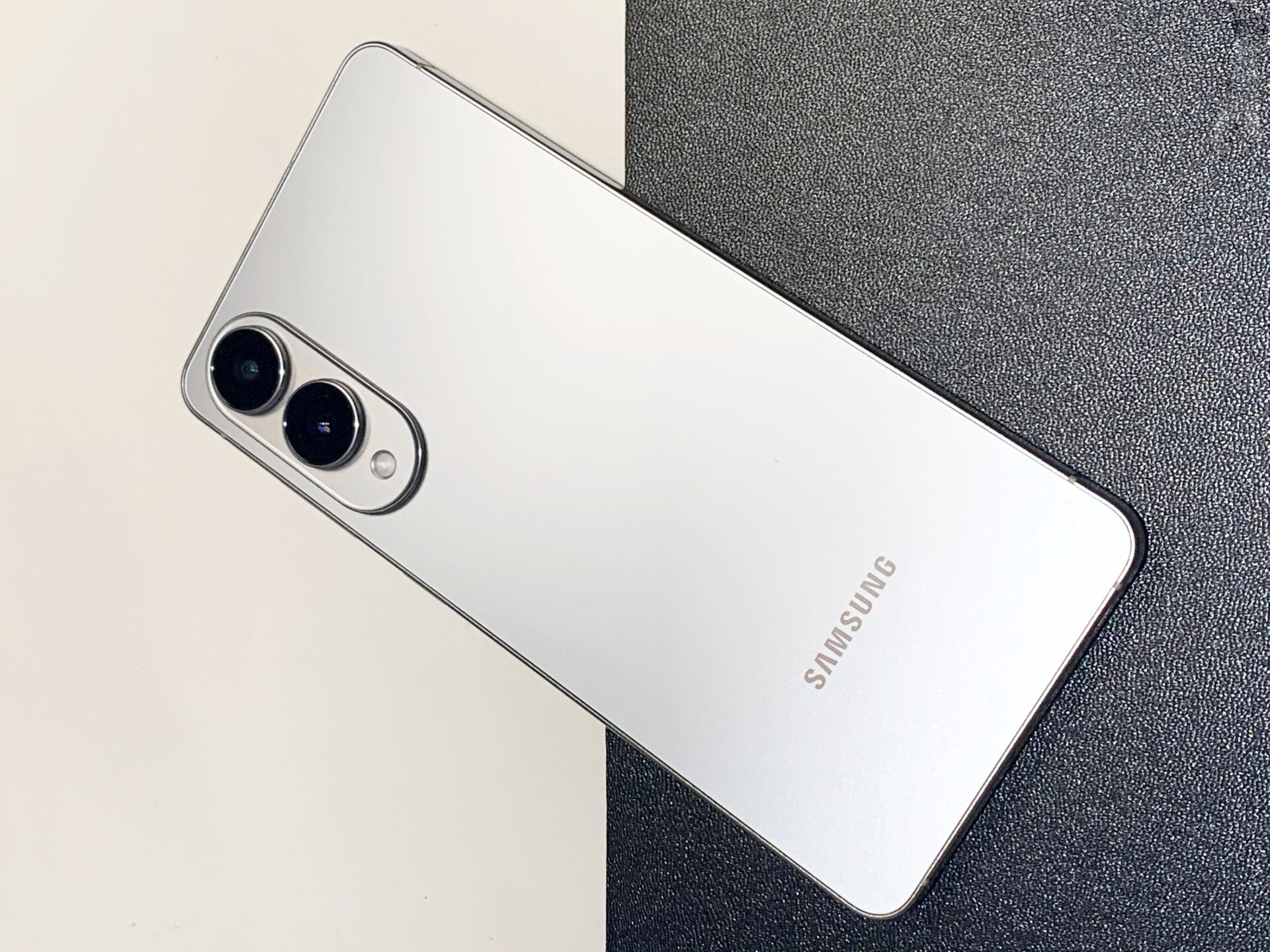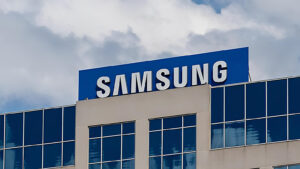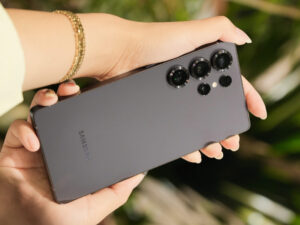The competition to create the world’s thinnest flagship smartphone just hit a new level. With the introduction of the iPhone Air, Apple has made it clear it’s ready to challenge Samsung’s Galaxy S25 Edge, which previously set the standard for ultra-thin devices. Both are impressive pieces of engineering, but each brand has taken a different approach and made specific trade-offs to achieve their slender designs.
Is the iPhone Air or the Galaxy S25 Edge thinner?
Let’s look at the numbers: iPhone Air is just 5.6mm thick, officially making it Apple’s slimmest device yet and edging out the Galaxy S25 Edge by 0.2mm. Under the hood, it’s powered by the A19 Pro chip and features a new 18MP front-facing camera, placing it firmly in the high-performance flagship category.
That said, Apple’s focus on thinness comes with a notable omission. The iPhone Air lacks an ultrawide camera, which has become a key feature for premium smartphones. On the other hand, Samsung’s Galaxy S25 Edge addresses this with a robust dual-camera system: a headline-grabbing 200MP main sensor and a versatile 12MP ultrawide lens.
Samsung’s 200MP camera isn’t just for show; it leverages advanced in-sensor cropping to provide 2x optical-quality zoom, and digital zoom up to 5x while maintaining strong image quality. The ultrawide lens gives users the flexibility to capture a broader range of scenes, from landscapes to creative group shots, something the iPhone Air cannot match.
The debut of the iPhone Air benefits consumers by raising the bar for design and performance in the smartphone market. Apple leads in thinness and raw processing power, while Samsung’s Galaxy S25 Edge delivers a more comprehensive camera experience. As both companies continue to innovate and compete, customers can expect even greater advancements in smartphone design and capabilities.


 Erencan Yılmaz
Erencan Yılmaz


